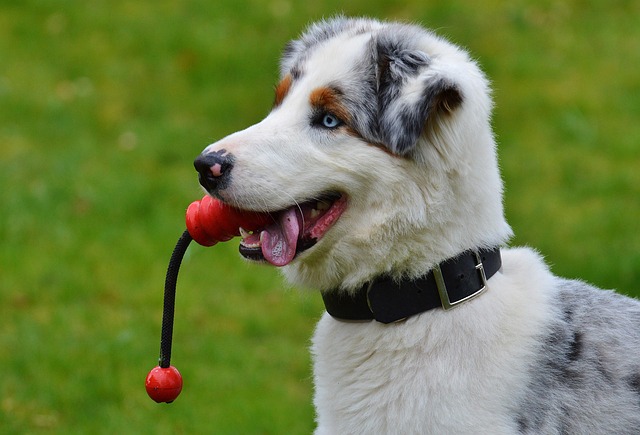
How can I tell if my dog's heatstroke is serious
Let’s be real: It’s a sticky August morning in Los Angeles, and you took your 2-year-old Golden Retriever, Max, for a walk a little later than usual
Many dog owners notice a shift in their pet’s habits when pancreatitis hits – and one of the first things that might catch your eye is how much they’re lapping up water. It’s a small change, but it’s easy to fixate on, especially when you’re already worried about their health. The question lingers: does pancreatitis make dogs drink more, or is it just a coincidence? The answer, like so much with pet health, isn’t always straightforward, but understanding the connection can help you care for them better.
Pancreatitis inflames the pancreas, a small organ that plays a big role in digestion. When it’s irritated, dogs often feel nauseous, might vomit, or have diarrhea – all things that drain their body of fluids. That dehydration? It’s a common reason dogs with pancreatitis drink a lot of water. Their bodies are trying to make up for what they’ve lost, so you’ll see them hovering by the water bowl more often than usual. It’s their way of fighting back against the discomfort, even if they can’t tell you what’s wrong.
Not every dog reacts the same, though. Some might sip more slowly, while others guzzle as if they’ve been without water for days. You might also notice other signs tagging along: a lack of interest in food, lethargy, or a hunched posture from abdominal pain. These clues together paint a clearer picture than just water intake alone. It’s why keeping track of all their behaviors – not just one – helps your vet make the right call.
 Staying on top of their water isn’t just about comfort; it’s part of responsible care. Local guidelines often stress the importance of monitoring pet health closely, and for good reason. Letting dehydration go unchecked can make pancreatitis worse, turning a manageable situation into something more serious. Offering fresh water regularly is key, but don’t force them to drink – let them set the pace. If they’re drinking excessively or, conversely, refusing water entirely, that’s a sign to pick up the phone.
Staying on top of their water isn’t just about comfort; it’s part of responsible care. Local guidelines often stress the importance of monitoring pet health closely, and for good reason. Letting dehydration go unchecked can make pancreatitis worse, turning a manageable situation into something more serious. Offering fresh water regularly is key, but don’t force them to drink – let them set the pace. If they’re drinking excessively or, conversely, refusing water entirely, that’s a sign to pick up the phone.
Vets often say timing matters with pancreatitis. Catching it early, when those first signs – like increased thirst – pop up, can make treatment more effective. They might suggest dietary changes, medications to calm the inflammation, or fluids to replenish what’s lost. Following their plan closely, even when your dog starts feeling better, keeps the pancreas from flaring up again. It’s not just about following rules; it’s about giving your dog the best chance to bounce back.
At the end of the day, noticing changes in how much your dog drinks is a sign you’re paying attention – and that’s half the battle. Pancreatitis can be tricky, but knowing what to look for, staying in touch with your vet, and providing steady care goes a long way. Your dog can’t tell you when something hurts, but their habits – like lingering at the water bowl – speak volumes. Listening to those signals, and acting on them, is how you help them through it.

Let’s be real: It’s a sticky August morning in Los Angeles, and you took your 2-year-old Golden Retriever, Max, for a walk a little later than usual

You're enjoying a summer afternoon at the park when you notice your dog has stopped panting and appears disoriented - their gums are bright red

Let’s paint the picture: You’re in your Denver apartment, watching your 4-year-old Boston Terrier, Ruby, plop down mid-play session with her favorite toy

Many dog owners notice their pets nails seem shorter after regular walks,but how much does this daily activity actually help?The answer depends on where you walk—concrete sidewalks or asphalt streets gently file nails as a dog's paws hit the ground

Most dog owners notice their pup scooting across the carpet at some point, but few connect it to impacted anal glands. These small sacs near a dog’s rectum secrete a scent for marking territory

Most vets agree that regular dog teeth cleaning is key to avoiding painful dental issues later. For healthy adult dogs, a professional cleaning at the vet’s office every 12 to 18 months usually works well.